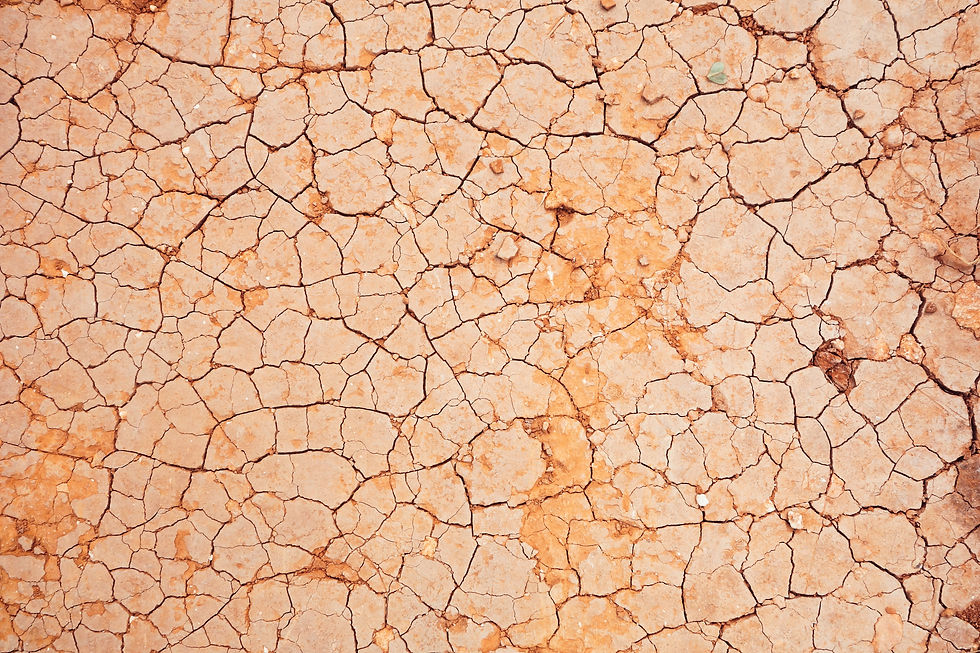Making good bacteria for food
- brittneyborowiec
- Aug 3, 2021
- 3 min read
By: Ovinuchi Ejiohuo, Poznan University of Life Sciences

When we think of bacteria, the first thing that might come to mind is sickness. Throughout childhood until adulthood, most people refer to bacteria as ‘germs’ that make us sick when we touch dirty things which is why we need to wash our hands multiple times a day.
What if I told you that the very reason why you enjoy foods like cheese is because of bacteria? The bacteria that are present in milk fight against other bacteria by being the only ones able to make glucose from lactose which makes the milk sweet and gives energy to our brain. Good bacteria are also important ingredients for the yogurts we love so much. They are responsible for converting milk into yogurt and these yogurts contribute to the presence of good bacteria that are naturally present in our stomach.
My research studies how we can best make these good bacteria, called Lactic Acid Bacteria. These good bacteria produce lactic acid which is important for killing other unwanted bacteria in our food and body. The lactic acid that is produced is important in preventing food spoilage and giving food flavor. This I do by carrying out what is called gene expression study. Genes decide who, what, and how we are, including our resemblance to our parents. By looking at how genes work and interact inside these bacteria in the production of lactic acid, we could be able to manipulate these bacteria to efficiently produce more lactic acid using better, safer, and money-saving methods.
To begin to grow this kind of bacteria, we put them in a special house called bioreactors. These bioreactors – think of it like an egg with a growing chicken embryo inside - provide all the necessary conditions that the bacteria need for growth, just as if it were in their natural environment. We can control the conditions in these reactors, which is important because lactic acid bacteria only convert glucose into lactose under certain conditions, like when there is no oxygen in the air.
Once our bacteria are happily making lactose, we carry out the gene expression analysis Genes are found inside of what we call a DNA (deoxyribonucleic acid) which has double strands. Picture the DNA as a central station where all our information is kept. We will then collect this DNA from inside our bacteria sample and from this DNA create what we call RNA (ribonucleic acid) which is similar to DNA but has a single strand. Each gene has a different RNA arrangement and by measuring and analyzing the RNA arrangements using various scientific and computer techniques, we can understand the different genes that are involved in the production of lactic acid. This is what we refer to as gene expression studies.
This study has allowed us to know which genes decide which path for lactic acid production in these bacteria. By understanding this entire gene expression network, we can know which genes are on or off and which we can adjust to favor the efficient production of lactic acid. This is a welcomed approach because, with gene expression studies, we can select better bacteria species and modify different strains through genetic engineering that are ideal for the production of lactic acid from bacteria.
Now when we think of bacteria, we can look to its importance in food flavoring and how that can be useful even in making flavored medicines especially in pediatric care, or in helping us build a stronger immune system by fighting off unwanted microorganisms inside our body.
Edited by B.G. Borowiec and A.E. McDonald. Header photo by Ovinuchi Ejiohuo.



Comments